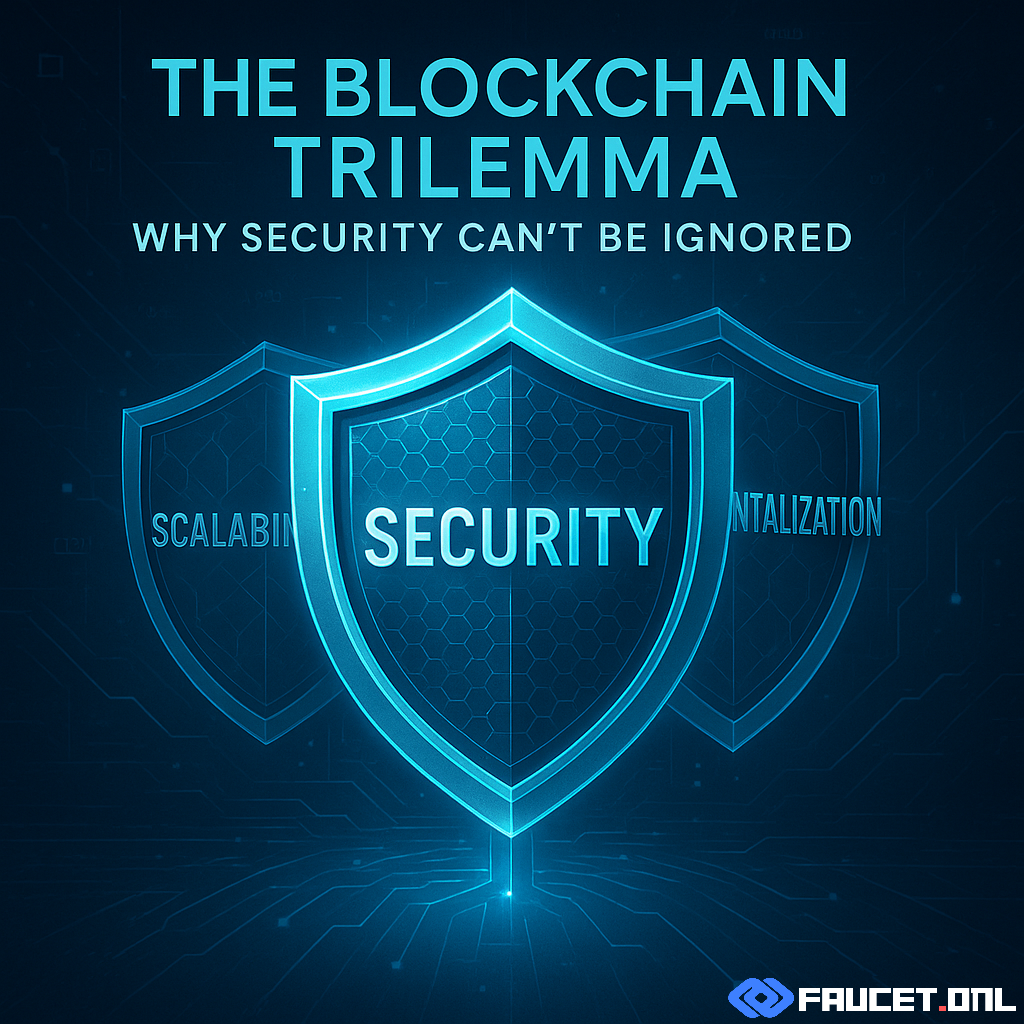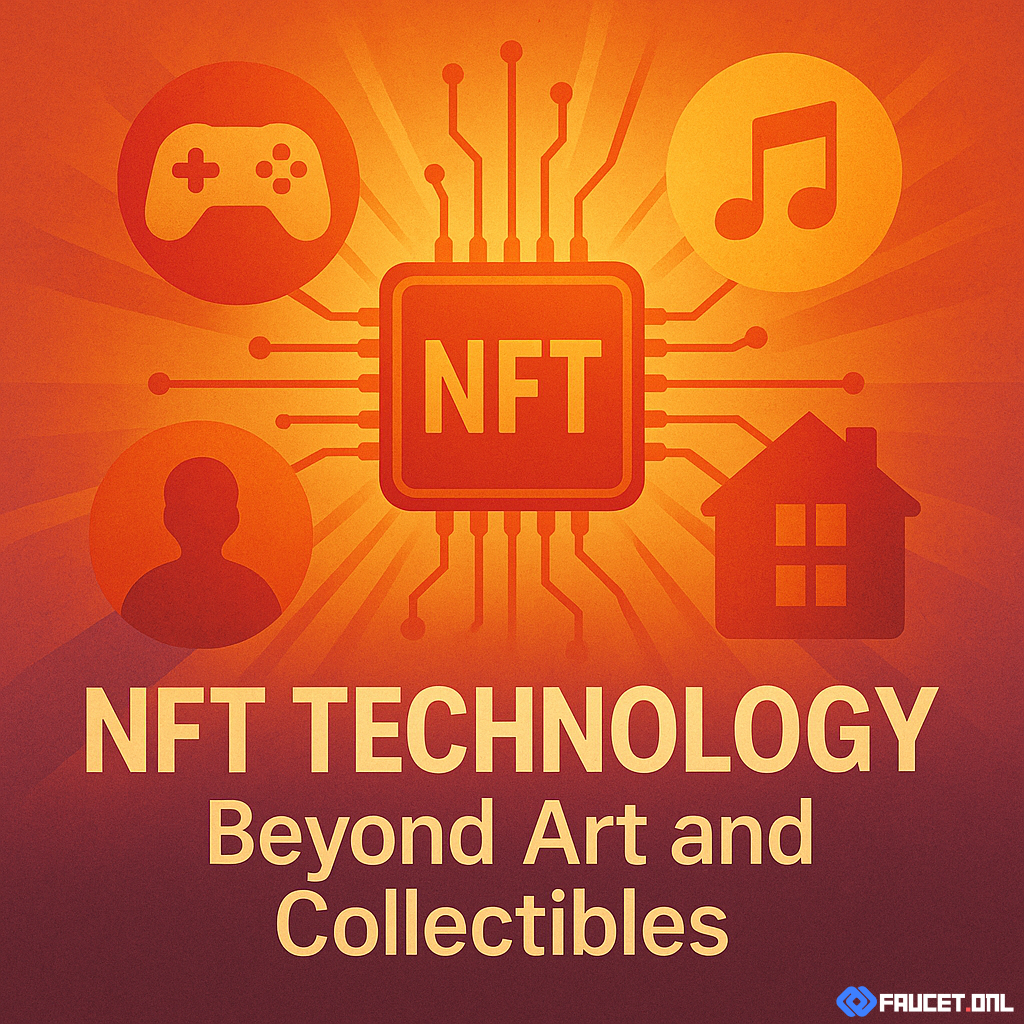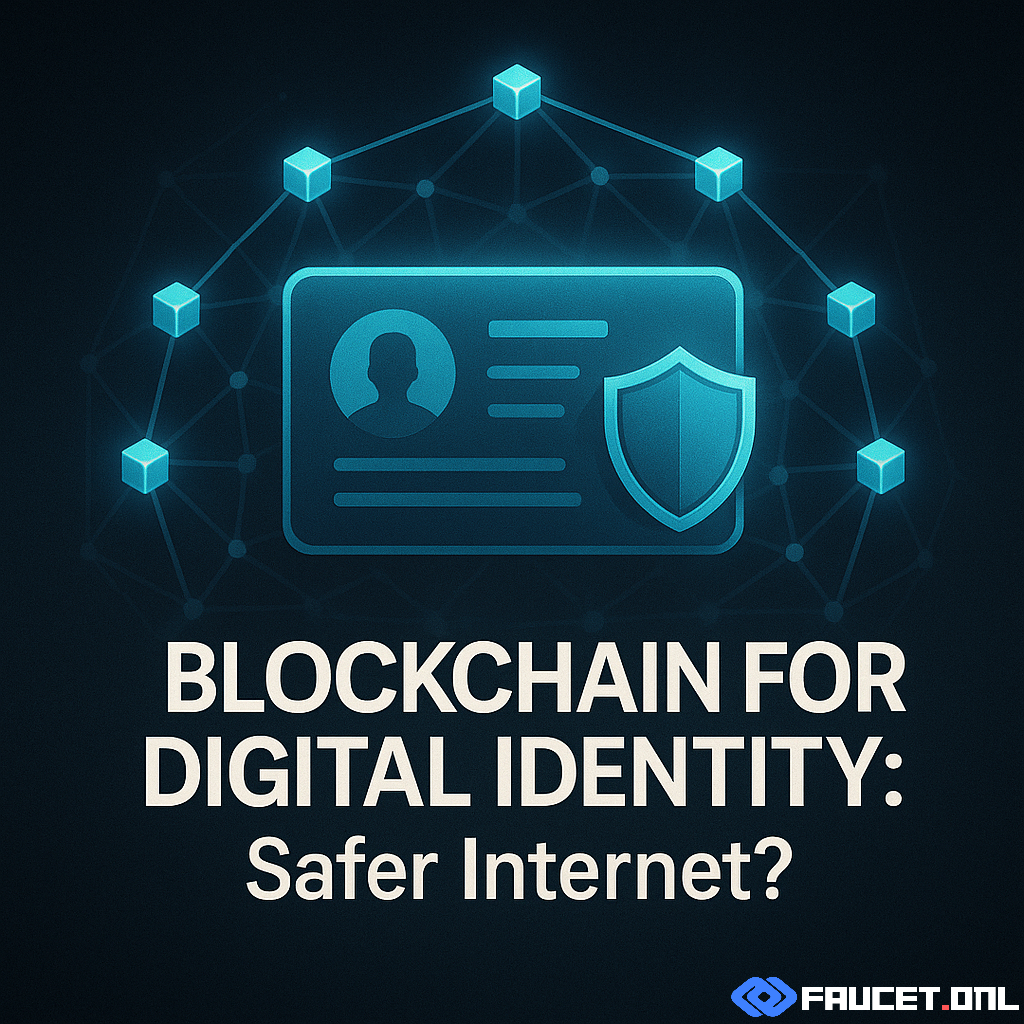What’s the Blockchain Trilemma?
The “blockchain trilemma” describes the foundational problem that blockchains must balance three critical properties: security, decentralization, and scalability. Proposed by Ethereum co-founder Vitalik Buterin, this trilemma argues that improving any two of these qualities typically forces compromises on the third. Decentralization ensures no single party controls the network. Scalability enables high transaction throughput and responsiveness. Security, meanwhile, ensures that the ledger remains tamper-proof and resistant to attacks or failures.
Most public blockchains today—such as Bitcoin and Ethereum—have prioritized security and decentralization at the expense of scalability. This trade-off has significant implications, especially as blockchains move from niche systems to critical infrastructure supporting finance, supply chains, and even nation-state operations. Understanding the trilemma is crucial for developers, investors, and decision-makers shaping the next generation of blockchain platforms.
Security Focus: What Does Blockchain Security Really Mean?
Security in the blockchain context extends far beyond basic cryptography. It encompasses consensus mechanism resilience, defense against double-spend and Sybil attacks, smart contract safety, node integrity, and the overall ability of the system to resist adversarial behavior. On public blockchains, security is enforced not just by mathematics, but by the collective participation of nodes—miners or validators—that secure the network against malicious actors.
Proof-of-Work (PoW) blockchains like Bitcoin demonstrate exceptional security through massive computational expenditure, making it economically infeasible for any single attacker to rewrite history. Proof-of-Stake (PoS) systems leverage economic bonding, where validators stake tokens and are penalized for dishonest actions. Both models have their strengths and weaknesses, but both showcase how deeply security is tied to network design and economics.
Trade-Offs: When Security Takes Priority
Prioritizing security often necessitates limiting scalability or even decentralization. For example, Bitcoin’s conservative block size and block interval keep the network easy to audit and synchronize, but restrict transaction throughput. This design was intentional—Satoshi Nakamoto’s vision valued trust-minimized money above payment speed. The result: an extremely secure and decentralized ledger, but at the cost of scalability.
On the other hand, some networks seeking higher throughput have reduced node requirements or increased reliance on trusted parties. These choices may improve scalability, but they introduce centralization risks and expand the attack surface. This is especially evident in many Layer 2 solutions or “sidechains,” where security models differ from the underlying mainchain, sometimes putting user funds at additional risk.
Even smart contract platforms must wrestle with the trilemma. Increasing programmability and throughput can introduce attack vectors, as seen in high-profile DeFi exploits and bridge hacks. Security audits, formal verification, and “bug bounty” programs have become standard practice, but no amount of code review can eliminate all vulnerabilities, especially in rapidly evolving environments.
Solutions: Can We Have All Three?
Addressing the blockchain trilemma requires nuanced technical innovation and, often, a willingness to redefine what “good enough” means in each context. Several strategies have emerged to push the boundaries:
- Layer 2 Scaling: Solutions like rollups, payment channels, and sidechains offload transactions from the main blockchain, reducing congestion while maintaining core-chain security. However, they often introduce new trust or censorship risks.
- Sharding: By splitting the network into multiple smaller “shards,” each handling a subset of transactions, scalability is improved. However, shard-to-shard communication and consensus introduce new security complexities.
- Consensus Protocols: Next-generation consensus mechanisms—such as Delegated Proof of Stake (DPoS), Proof of Authority (PoA), or hybrid models—attempt to balance performance, decentralization, and security through flexible validator structures and slashing conditions.
- Cryptographic Advances: Zero-knowledge proofs, multi-party computation, and threshold signatures are enhancing privacy and security while supporting scalability. These technologies are still emerging but show promise in reducing the need for trade-offs.
Importantly, no single solution universally “solves” the trilemma. Each approach brings its own caveats, and the optimal balance depends on the intended use case—financial settlement, data storage, voting, or otherwise.
Future Outlook: The Evolving Security Paradigm
The blockchain trilemma isn’t an unsolvable puzzle—it’s a framework for understanding the real-world limitations and design decisions of distributed systems. Security will always be non-negotiable for mission-critical infrastructure. As regulatory scrutiny increases and more value moves on-chain, vulnerabilities become costlier and attackers more sophisticated.
Looking forward, the interplay between scalability, decentralization, and security will be defined by continued experimentation and careful risk management. Protocols will evolve, communities will debate trade-offs, and entirely new architectures may emerge. Expect more robust economic incentives for honest behavior, tighter integration of formal verification and secure hardware, and creative approaches to cross-chain communication.
Ultimately, the blockchains that endure will be those that treat security as a core design principle—never a feature to be bolted on. Solving the trilemma isn’t about eliminating trade-offs, but about making the smartest ones possible for each application and era.



